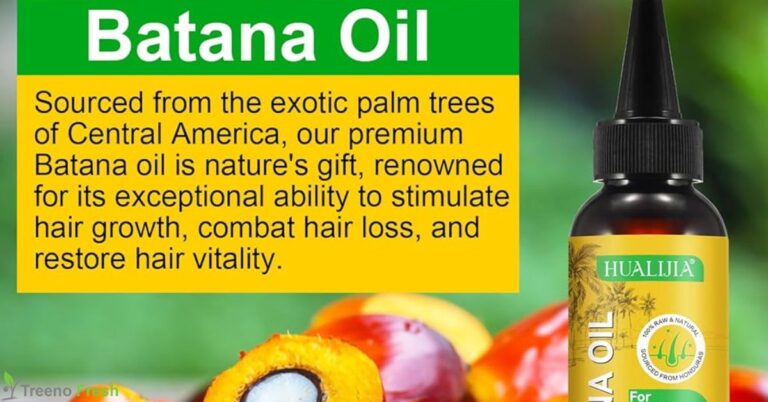1. Introduction to Batana Oil: A Natural Wonder for Hair and Scalp
If you’re searching for a natural solution to revive dull hair, stimulate growth, and nourish your scalp, batana oil might just be the answer you’ve been looking for. Known for its deep conditioning properties and centuries-old use among Indigenous communities, this nutrient-rich oil is rapidly gaining global attention in the world of natural hair care.
Batana oil is derived from the American oil palm (Elaeis oleifera), a species native to Central and South America, particularly Honduras. Unlike many commercial oils that rely on additives and synthetic ingredients, batana oil is often handmade through traditional methods, ensuring purity and potency. Its rich amber hue and nutty scent signal its unrefined, organic nature—packed with fatty acids, antioxidants, and essential nutrients that help transform damaged or thinning hair into a healthy, glossy crown.
In today’s beauty industry, where many products promise instant fixes with little long-term benefit, batana oil stands out. Why? Because it nourishes from the inside out—penetrating the scalp, strengthening hair at the root, and sealing in lasting moisture. From beauty influencers on TikTok to dermatologists recommending holistic solutions, batana oil is now being recognized for its true potential to support hair regrowth, prevent breakage, and add natural shine.
So, what makes this traditional oil so powerful, and how can you incorporate it into your hair care routine? In the following sections, we’ll explore everything from its cultural origins to its modern-day applications, backed by user experiences and expert tips.
2. Origins and Traditional Uses of Batana Oil
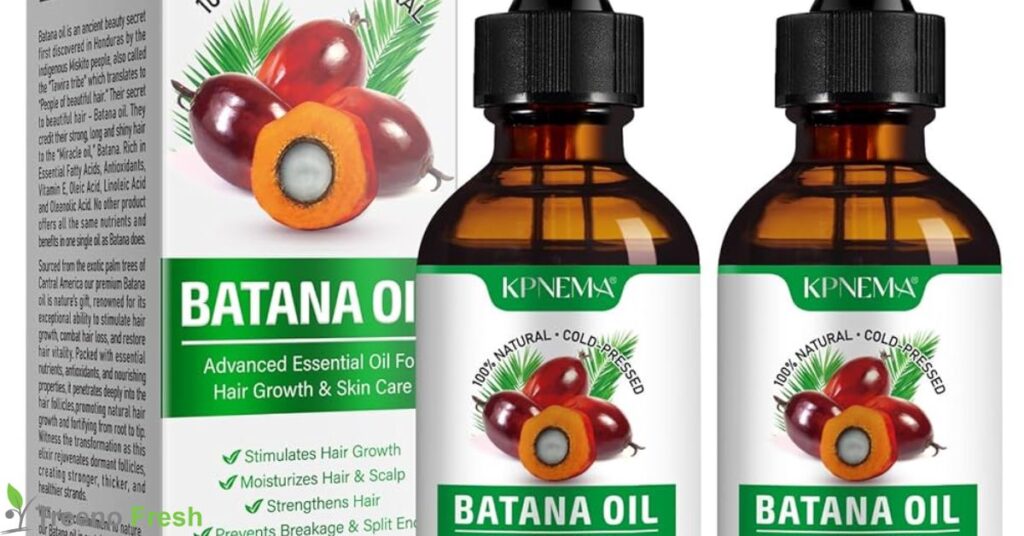
The story of batana oil begins in the tropical rainforests of Central America, specifically in the lush, coastal regions of La Mosquitia, Honduras. Here, the Miskito people—an Indigenous group often referred to as the “Tawira” or “People of Beautiful Hair”—have long revered batana oil as a sacred beauty remedy. For generations, they’ve handcrafted this golden oil from the nuts of the Elaeis oleifera palm tree, using age-old techniques passed down through oral tradition.
The process is entirely manual and sustainable. It involves harvesting the palm nuts, boiling and cracking them open, and then roasting and grinding the kernels to extract a thick, aromatic oil. This labor-intensive method ensures that the natural nutrients—particularly oleic acid, linoleic acid, vitamin E, and carotenoids—remain intact. These compounds are what give batana oil its rich moisturizing, restorative, and antioxidant properties.
But batana oil was never just about beauty for the Miskito people. It played a key role in rituals, healing, and daily self-care. Traditionally, the oil was used not only to repair hair damaged by sun and salt water but also as a treatment for minor skin wounds and scalp irritations. For them, beauty and health are interconnected, and batana oil symbolizes a harmonious relationship with nature.
In recent years, as global interest in clean, sustainable, and plant-based beauty has surged, batana oil has made its way into the spotlight. Natural hair communities, particularly among Black and Afro-Latinx women, have praised it for its ability to revive thinning edges, promote curl definition, and bring life back to dry, brittle hair. Despite its ancient roots, batana oil’s relevance in today’s world has never been more profound.
With the demand for ethically-sourced and effective hair care solutions growing, many are now looking to this traditional elixir as a holistic alternative to chemical-heavy products. However, as with any natural product gaining popularity, it’s essential to be mindful of authenticity and sourcing—only true batana oil, harvested and prepared traditionally, delivers the full spectrum of benefits.
3. Key Benefits of Batana Oil for Hair Growth and Repair
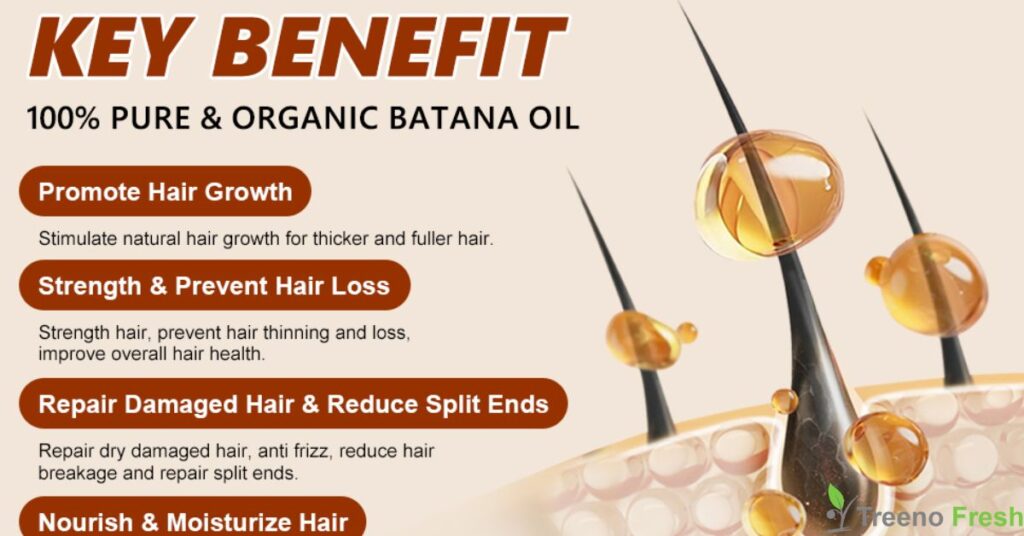
The powerful reputation of batana oil as a hair rejuvenator is backed not only by tradition but also by the science of its composition. Its rich blend of nutrients, including omega-9 fatty acids, vitamin E, carotenoids, and antioxidants, makes it an effective ally in restoring and revitalizing damaged or aging hair. Whether your concern is thinning, dryness, breakage, or a dull scalp, batana oil provides a multi-dimensional approach to hair care.
One of the oil’s most celebrated qualities is its ability to promote hair growth. While it’s not a miracle cure, consistent use of batana oil helps stimulate follicles by nourishing the scalp and enhancing circulation. This improved blood flow brings essential nutrients to the hair root, creating an environment where hair can grow thicker, stronger, and healthier. Anecdotal evidence from users often highlights noticeable growth within a few months, especially in areas affected by traction alopecia or breakage from chemical treatments.
In addition to supporting growth, batana oil is known for its deep conditioning capabilities. The fatty acids in the oil penetrate the hair shaft, restoring elasticity and reducing the likelihood of breakage. This makes it an ideal option for individuals with curly, coily, or color-treated hair, which are more prone to dryness. Unlike synthetic conditioners that sit on the surface, batana oil actually enters the hair fibers, leading to long-lasting moisture retention and improved manageability.
Here’s a look at the core benefits of batana oil in a quick reference table:
| Benefit | How It Works |
|---|---|
| Promotes hair growth | Stimulates scalp circulation and nourishes follicles |
| Reduces hair breakage | Strengthens strands from root to tip with essential fatty acids |
| Restores natural shine | Seals moisture into the cuticle, resulting in soft, lustrous hair |
| Heals dry scalp | Provides nutrients and antioxidants to soothe itchiness and inflammation |
| Protects from environmental damage | Acts as a barrier against UV rays, pollution, and harsh weather |
Dermatologists and trichologists alike note that consistent, long-term use is key to seeing visible results. Batana oil is most effective when incorporated into a weekly hair care routine, especially when paired with practices like scalp massage, warm towel wraps, or steaming. It’s also compatible with other natural oils such as castor oil or rosemary oil, which may enhance its regenerative effects.
Furthermore, because batana oil is natural and chemical-free, it’s generally safe for all hair types and textures, including natural, relaxed, or loc’d hair. However, users with sensitive skin or nut allergies should always do a patch test before full application.
In short, batana oil isn’t just another beauty trend. It’s a powerful botanical treatment with tangible benefits for those committed to a more holistic, nourishing approach to hair care.
4. How to Use Batana Oil Effectively for Maximum Results
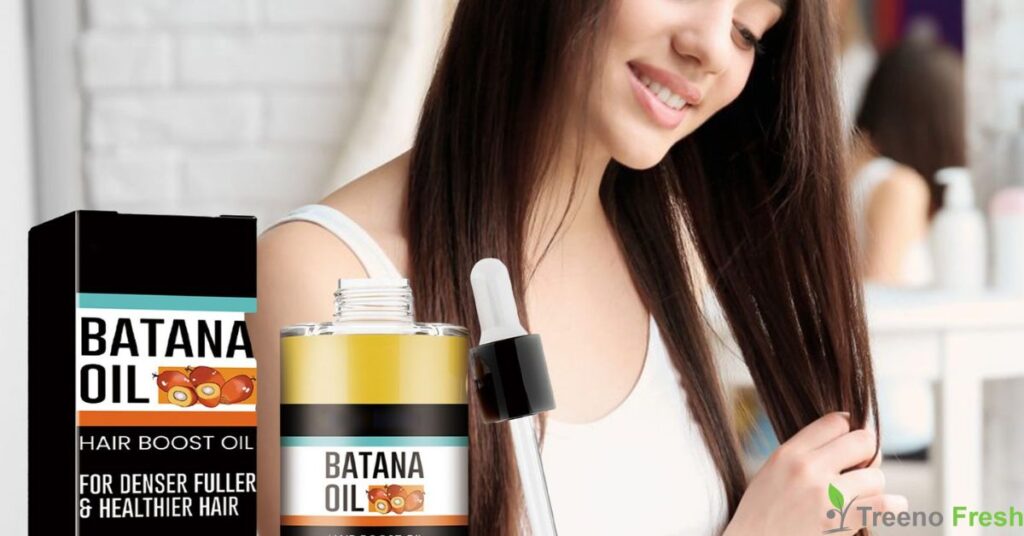
To unlock the full potential of batana oil, it’s important to understand not just why it works, but how to use it correctly. While its rich nutrient profile makes it naturally powerful, how you apply it can make a significant difference in the results you experience. Whether you want to stimulate growth, reduce breakage, or simply add shine, using batana oil strategically can elevate your hair care routine.
Step-by-Step Application Methods
There are several effective ways to incorporate batana oil into your routine depending on your hair type, concerns, and lifestyle. Here are the most recommended methods:
- Scalp Treatment for Growth
- Warm a small amount of batana oil until it becomes liquid (it solidifies at room temperature).
- Massage directly into the scalp using circular motions for 5–10 minutes to stimulate blood flow.
- Cover your hair with a shower cap or warm towel and leave it in for at least 30 minutes—or overnight for deeper penetration.
- Rinse thoroughly with a gentle, sulfate-free shampoo.
- Use 1–2 times per week for noticeable results.
- Deep Conditioning Mask
- Apply a generous amount of batana oil to damp or dry hair, focusing on the mid-lengths and ends.
- Leave on for at least 30 minutes, or apply heat using a steam cap for deeper absorption.
- Rinse and follow up with your regular conditioner.
- Ideal for weekly or biweekly use, especially for chemically treated or dry hair.
- Daily Moisture Sealant
- Rub a pea-sized amount of batana oil between your palms and smooth it over your ends to lock in moisture after styling.
- Great for high-porosity or curly hair types that tend to lose moisture quickly.
- Avoid applying too much, as batana oil is rich and can feel heavy in large amounts.
Tips for Best Results
- Consistency is key: While some users report improvement within weeks, lasting change often appears after 2–3 months of regular use.
- Combine with scalp stimulation: Use a scalp massager or inversion method to enhance follicle nourishment.
- Layer wisely: You can pair batana oil with lighter oils like jojoba or argan for daytime use or combine it with castor oil at night for added thickness.
- Avoid overuse: Although deeply nourishing, using too much batana oil can lead to buildup, especially in fine hair.
Who Can Benefit the Most?
| Hair Type / Condition | Why Batana Oil Helps |
|---|---|
| Curly or coily hair | Restores moisture and prevents frizz |
| Thinning or shedding hair | Nourishes roots and may support regrowth |
| Color-treated or heat-damaged hair | Repairs and strengthens weakened strands |
| Dry, flaky scalp | Soothes irritation and balances natural oils |
| Protective styles (braids, locs, etc.) | Keeps hair and scalp nourished while tucked away |
By tailoring the method of application to your hair’s needs, you can take full advantage of what batana oil has to offer. Whether used alone or as part of a broader natural routine, it offers a deep, long-lasting approach to hair restoration and maintenance.
5. Real-Life Experiences and Expert Insights on Batana Oil
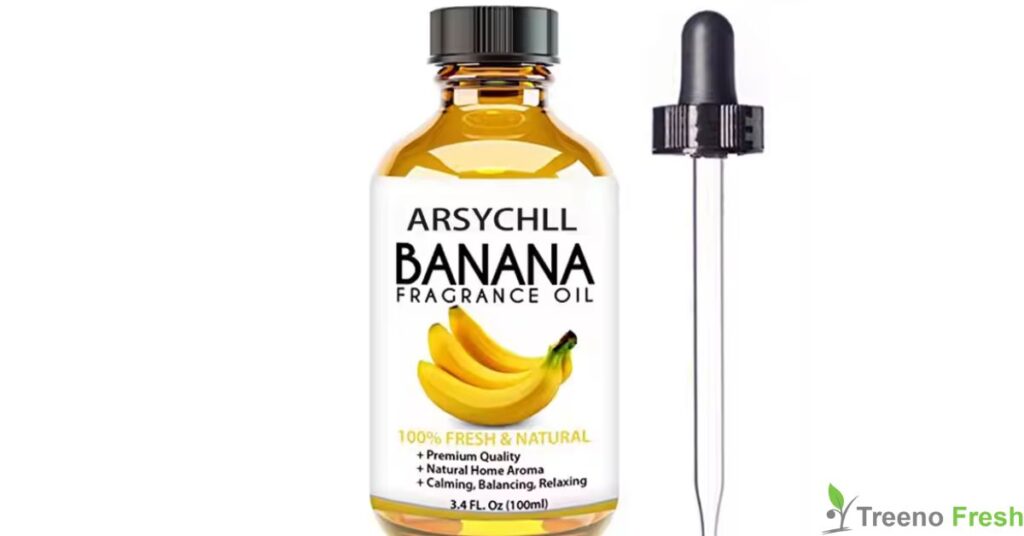
As the popularity of batana oil continues to grow beyond Central America, real users and hair care experts alike are weighing in on its effectiveness. What’s striking is how consistent the results are—across hair types, routines, and regions. From social media testimonials to professional recommendations, the general consensus is clear: batana oil works, especially when used consistently and sourced authentically.
User Testimonials and Anecdotal Success
Across platforms like TikTok, Reddit, and YouTube, hundreds of users are documenting their experiences with batana oil—many with striking before-and-after photos. Some of the most common success stories include regrowing thinning edges, repairing breakage caused by heat styling, and achieving a softer, more manageable texture.
“I had bald patches from stress and braids, and after using batana oil twice a week for 3 months, my hair is finally growing back.”
– @CurlyGlow, TikTok
“It brought my curls back to life. I use it as a deep treatment on Sundays, and my hair’s never felt healthier.”
– User on Reddit’s r/NaturalHair
While these stories are anecdotal, the consistency of the feedback—especially from users with Type 3 and 4 hair textures—suggests that batana oil can be a reliable solution for dryness, brittleness, and minor hair loss, especially when the underlying causes are non-medical.
What Experts Say
Hair professionals and dermatologists are starting to take note as well. While clinical studies on batana oil specifically are still limited, the ingredients and nutrients it contains are well-known in trichology for supporting scalp and hair health.
Dr. Aisha Bernard, a certified dermatologist specializing in natural hair, explains:
“Batana oil contains high levels of oleic and linoleic acids, which help reduce inflammation and support a healthy scalp environment. While it’s not a cure for hair loss, it can definitely help with moisture retention and reducing breakage.”
Licensed cosmetologists often recommend it as an alternative to synthetic treatments, especially for clients who are transitioning from relaxed to natural hair or recovering from chemical damage.
Additionally, holistic hair coaches suggest combining batana oil with microneedling or rosemary oil for those seeking enhanced growth effects, noting that synergistic routines often yield better results than using a single product in isolation.
The Importance of Authentic Sourcing
A word of caution echoed by both users and experts is the prevalence of fake or diluted batana oil on the market. Because of its growing demand and limited traditional production, some sellers offer counterfeit versions that are mixed with cheaper oils or synthetic fragrances.
Here are a few tips for ensuring authenticity:
- Check the color and smell: Real batana oil is amber-brown and has a strong, earthy, nutty scent.
- Buy from trusted sources: Brands that work directly with Indigenous Miskito producers or provide fair-trade certifications are most reliable.
- Look for raw or unrefined labels: Cold-pressed and unprocessed versions retain the most nutrients.
6. Conclusion: Is Batana Oil Right for You?
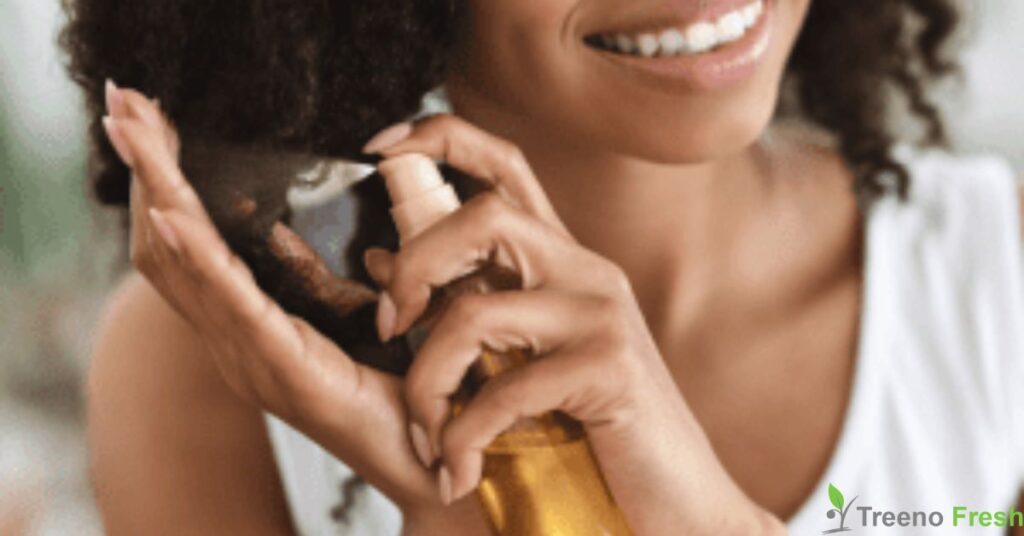
In a world full of hair care products that promise instant transformation, batana oil stands out as a time-tested, natural remedy rooted in centuries of cultural tradition. From the rainforests of Honduras to vanities across the globe, this golden oil continues to prove its worth—not through flashy marketing, but through real, visible results.
If you’re dealing with dry, brittle, thinning, or damaged hair, and you’re looking for a natural, chemical-free solution, batana oil is certainly worth considering. Its richness in essential fatty acids, antioxidants, and vitamins gives it a unique ability to nourish the scalp, strengthen strands, reduce breakage, and improve shine. When used consistently and correctly, it can transform not only your hair’s appearance but its health over time.
However, like all natural treatments, results can vary based on your hair type, underlying causes of hair issues, and how consistently the product is used. While batana oil is not a guaranteed cure for hair loss, especially those rooted in genetics or medical conditions, it can be a powerful support product in any hair wellness routine.
For best outcomes:
- Choose high-quality, authentic batana oil from trusted sources.
- Use regularly as part of a structured routine.
- Combine with scalp massage, proper cleansing, and nutrition for a holistic approach.
Whether you’re seeking growth, moisture, strength, or simply healthier hair overall, batana oil offers a rare blend of simplicity and effectiveness that’s hard to find in modern commercial products. It’s more than just a trend—it’s a rediscovered tradition.
Frequently Asked Questions (FAQs)
1. Can batana oil regrow hair on bald spots?
Batana oil may help support regrowth in areas affected by stress or breakage, especially if the follicles are still active. However, it is not a guaranteed cure for permanent hair loss or genetic baldness.
2. How often should I use batana oil for best results?
For most hair types, using it 1–2 times per week as a scalp treatment or deep conditioner yields optimal results. Daily use is not usually necessary and can cause buildup if overapplied.
3. Is batana oil safe for all hair types?
Yes, it is safe for all textures, from straight to tightly coiled hair. However, those with finer hair may want to use it sparingly to avoid a heavy or greasy feel.
4. Can I use batana oil with other oils or products?
Absolutely. Batana oil works well with complementary natural oils like rosemary, castor, or jojoba, and can be layered under or over other moisturizing products.


